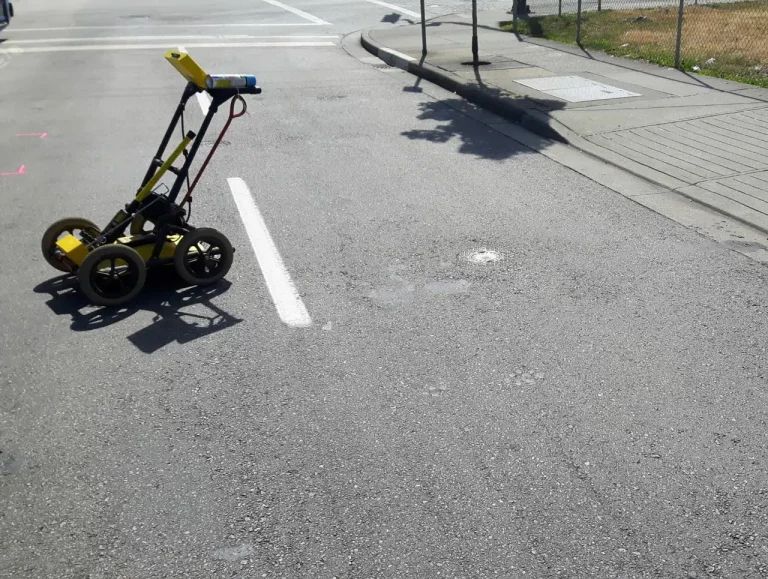Utility mapping is a process of locating and mapping underground utility lines and other infrastructure. It involves using specialized technology and techniques to identify and map the location, depth, and type of buried utilities such as water, gas, electricity, and telecommunications. This information is essential for construction, excavation, and maintenance projects, and can help prevent accidents, damages, and delays. In this article, we will discuss the benefits of utility mapping and why it is an essential step in any construction or excavation project.
Safety
One of the most important benefits of utility mapping is safety. Excavating or digging without knowing the location of underground utilities can be extremely dangerous. Accidentally hitting a gas or electrical line can cause explosions, fires, and electrocutions. These accidents can cause serious injuries or even death. By mapping the location of underground utilities, workers can avoid accidental contact with them, reducing the risk of accidents and injuries according to https://precision-um.co.uk/ .
Cost savings
Utility mapping can also save construction companies and contractors a significant amount of money. Digging blindly without knowing the location of utilities can result in costly damages and delays. If an underground utility line is damaged during excavation, it can lead to costly repairs, project delays, and legal liabilities. By mapping the location of utilities beforehand, construction companies can avoid these unnecessary expenses and complete projects on time and within budget.
Time savings
Utility mapping can also save time. By knowing the exact location of utilities, construction companies can plan their excavation and construction projects more efficiently. This can help them avoid unnecessary delays and ensure that their projects are completed on time. Time is money in the construction industry, and any delays can result in additional costs and lost revenue.
Accurate planning
Utility mapping can provide accurate and detailed information about the location, type, and depth of underground utilities. This information can help construction companies plan their projects more accurately and effectively. For example, knowing the location of gas lines can help contractors plan their excavation and construction projects around them, ensuring that they do not accidentally damage them.
Environmental protection
Utility mapping can also help protect the environment. Accidentally damaging underground utilities can lead to leaks and spills, which can contaminate the soil and water. This can have serious environmental consequences, including soil and water pollution, which can take years to remediate. By mapping the location of utilities, construction companies can avoid accidental damage and protect the environment.
Legal compliance
Utility mapping is often required by law. In many countries, construction companies are required to obtain permits and approvals before beginning any excavation or construction project. These permits often require utility mapping to be completed before work can begin. By complying with these regulations, construction companies can avoid legal liabilities and fines.
Improved project management
Utility mapping can also help construction companies manage their projects more effectively. By having accurate and up-to-date information about the location of utilities, contractors can make better decisions and plan their projects more effectively. This can help them avoid delays, save money, and ensure that their projects are completed on time and within budget.
In conclusion, utility mapping is an essential step in any construction or excavation project. It can help improve safety, save costs, save time, provide accurate planning, protect the environment, comply with legal regulations, and improve project management. By investing in utility mapping, construction companies and contractors can avoid accidents, damages, and delays, and complete their projects more efficiently and effectively.

